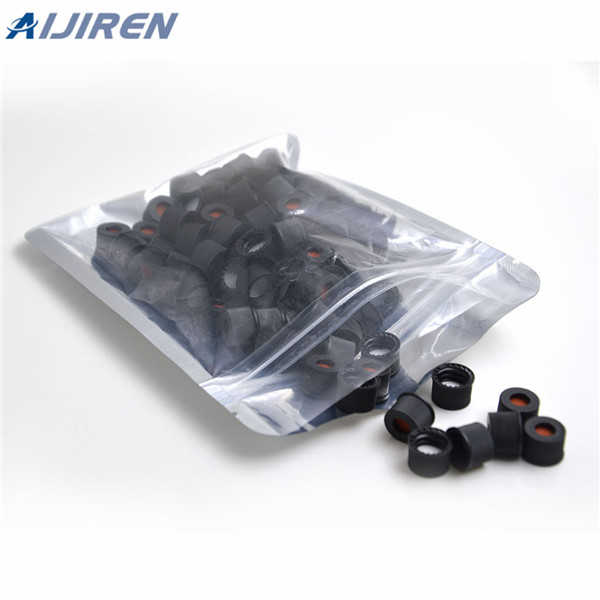Advancements in Septum HPLC Technology: Improving Sensitivity and Selectivity
-
Mar 17, 2021 · The chemistry of the stationary phase immobilized within the column influences the selectivity of the technique. Reversed phase HPLC or UHPLC 1 is the most popular system configuration and employs a non-polar stationary phase, such as octadecylsilane (ODS or C18), and a polar mobile phase (water/methanol). Other reversed phase stationary phases
-
This total ion scan provides universal detection for all analytes. As seen in Figure 12.51, we can achieve some degree of selectivity by monitoring only specific mass-to-charge ratios, a process called selective-ion monitoring). Figure 12.51 HPLC–MS/MS chromatogram for the determination of riboflavin in urine. An initial parent ion with an m
-
RECENT HPLC STRATEGIES TO IMPROVE SENSITIVITY AND SELECTIVITY FOR THE Instrumentation Science & Technology, 40:2-3, 112-137 ... This review describes major advances in the HPLC field in terms ...
-
HPLC Tips & Tricks: Increase Your HPLC/UHPLC Method Sensitivity Dr. Egidijus Machtejevas, Lead Expert, Chromatography Product & Portfolio Management Article from Analytix Reporter - Issue 9 Introduction The sensitivity of a chromatographic method might be described by its limit of detection (LOD).
-
Mar 1, 2012 · Recently, various approaches have been addressed to improve chromatographic performance in terms of sensitivity or selectivity, from the development of novel on-line (or off-line) enrichment
-
Feb 1, 2012 · By introducing selectivity in this detection step, we can improve sensitivity or make it much easier to observe the target analyte among coeluting analytes and matrix components. Certain detectors respond only to certain compound classes; for example, an electron-capture detector (ECD) only responds to analytes capable of capturing an electron.
-
Aug 29, 2023 · Matthew Barkovich (UCD) High Performance Liquid Chromatography is shared under a CC BY-NC-SA 4.0 license and was authored, remixed, and/or curated by LibreTexts. High Performance Liquid Chromotagraphy (HPLC) is an analytical technique used for the separation of compounds soluble in a particular solvent.
-
Feb 20, 2020 · A selective, sensitive, and rapid method by using ultraperformance liquid chromatography-tandem mass spectrometry (UPLC-MS/MS) for the determination of histamine in fish and fish sauce was developed. The optimal conditions of liquid chromatographic separation and mass spectroscopy of histamine have also been investigated. The linear ranges of the method were 20.0 ÷ 1000&#
-
Apr 16, 2020 · To address this challenge, several modified SPME sorbents have been designed to improve the sensitivity and selectivity of the extraction process . Liu et al. used a carbowax-coated fiber as SPME sorbent hyphenated with HPLC to detect auxin. They found that the modified sorbent had a relatively much higher extraction efficiency compared to
-
Sep 27, 2021 · The technology was interfaced with HPLC-UV for the selective detection of amphetamine in biological urine samples. Fig. 15 demonstrates the synthesis scheme for the novel PMNP. Fig. 16 (a–d) shows the FT–IR spectra, X-ray diffraction pattern, vibrating sample magnetometry, size, zeta potential, and SEM images for the synthesized PMNP
-
Mar 3, 2016 · High-performance liquid chromatography (HPLC) is a widely used technique to separate molecules from heterogeneous solutions for further characterization. HPLC is often used prior to mass spectrometry in the identification of peptides, proteins and other molecules. Ultra-high performance liquid chromatography (UHPLC) can provide better resolution, increased sensitivity and faster separation
-
Jun 1, 2021 · Its aim is to improve selectivity or sensitivity or to offer other competitive advantages. Innovative sensor papers should thus describe a new technology that differs from previous ones by a large extent and addresses notable, existing hurdles or drawbacks, and hence an unresolved problem in the sensing field.
-
Apr 5, 2023 · A schematic representation of the methods of changing active site selectivity on metallic nanoparticles and nanomaterials with increasing degrees of sophistication following the arrows from left to right from: a) changing the elemental composition and oxidation state, b) changing nanoparticle size, c) changing crystal structure, d) changing atomic arrangement and strain, and finally e) the
-
Jun 11, 2022 · Today HPLC is widely applied for separations and purifications in a variety of areas including pharmaceuticals, biotechnology, environmental, polymer and food industries. It is accomplished by injection of a small amount of liquid sample into a moving stream of liquid (called the mobile phase) that passes through a column packed with particles of the stationary phase. The separation of a
-
The novelty of this method is that the triple-stage mass spectrometry technology improves the selectivity and sensitivity.
you can contact us in the following ways.

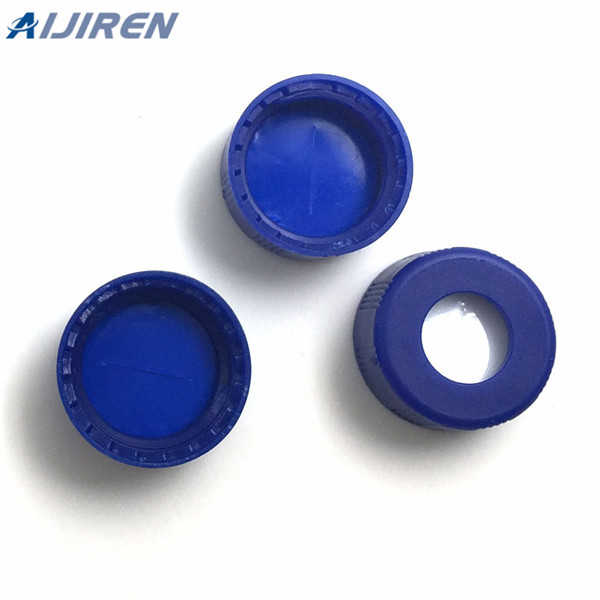

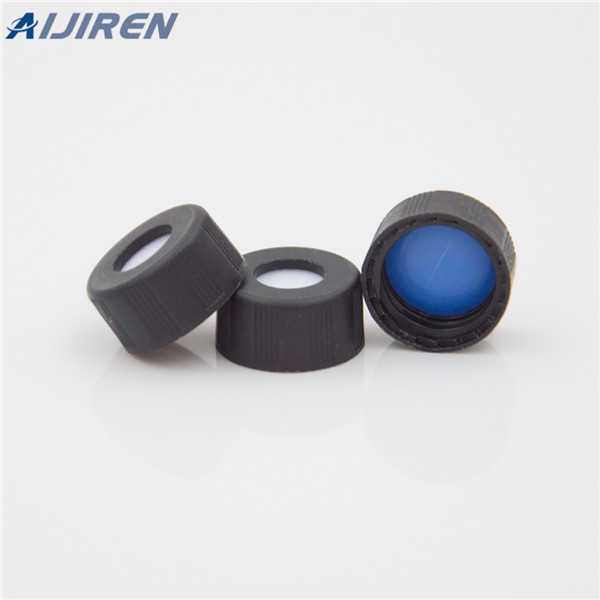
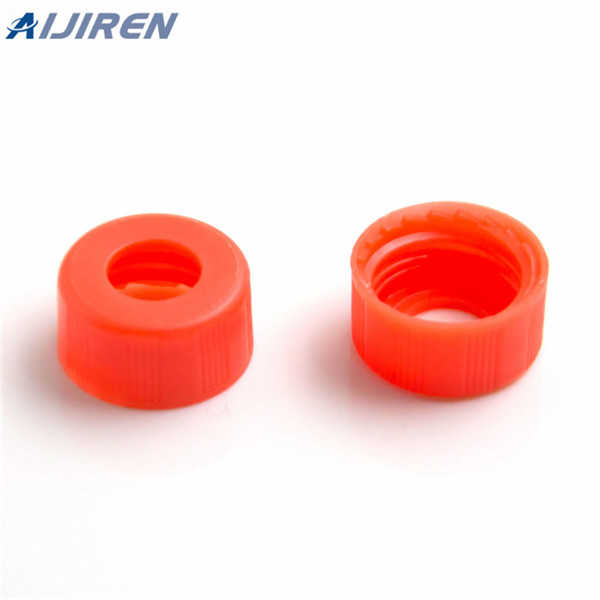


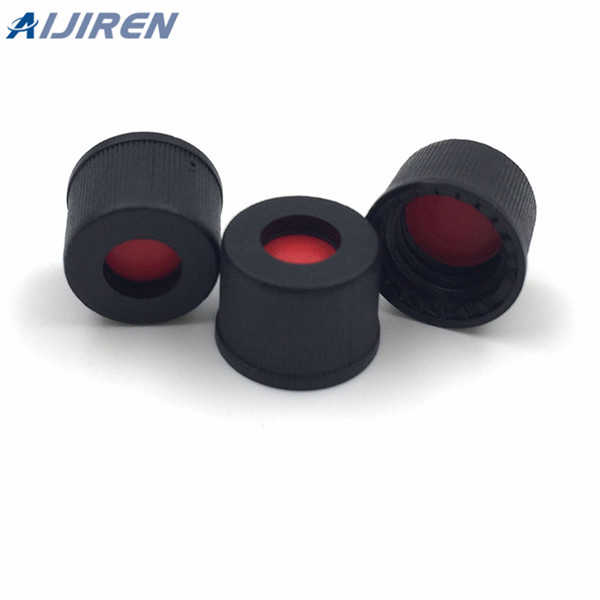

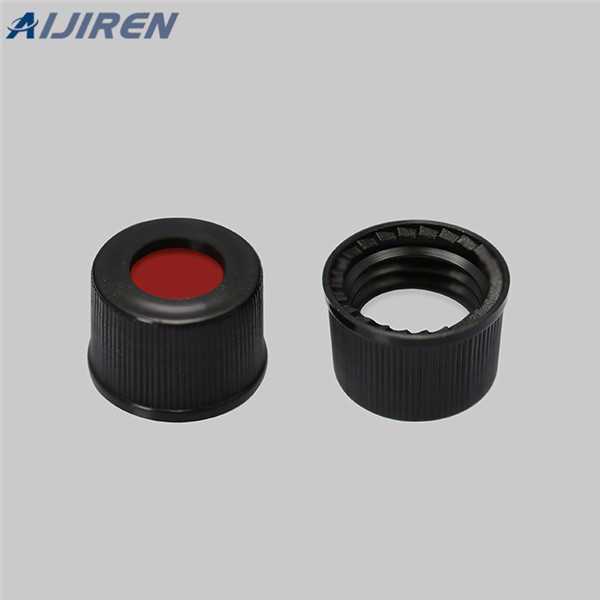
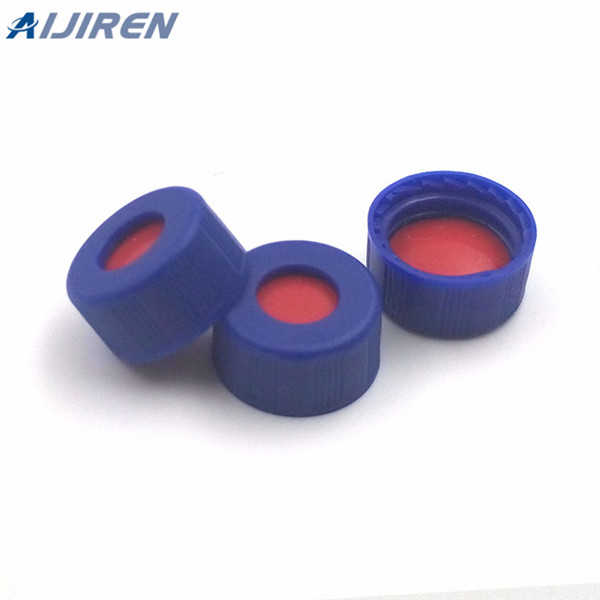
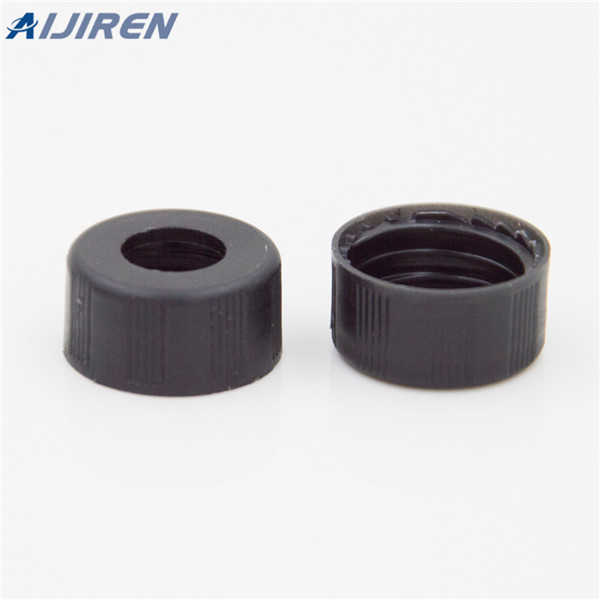

.jpg)
